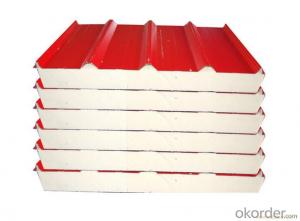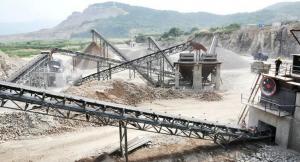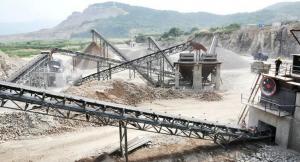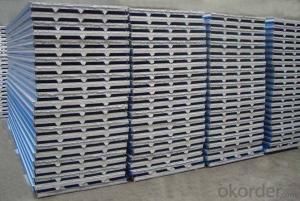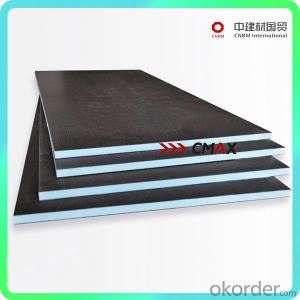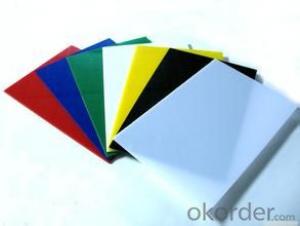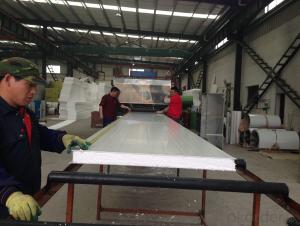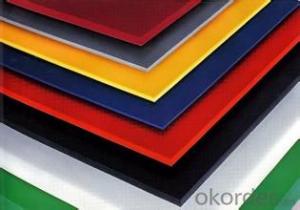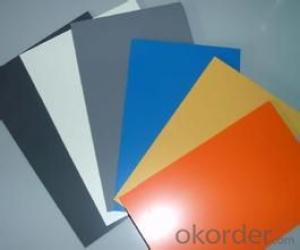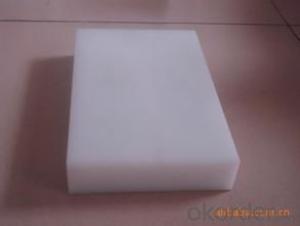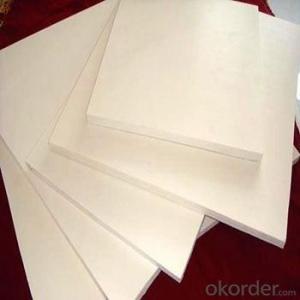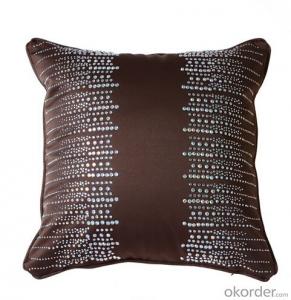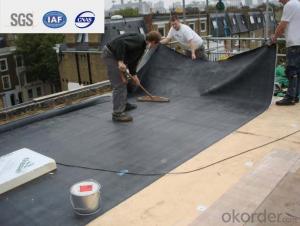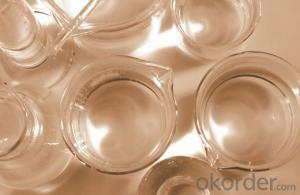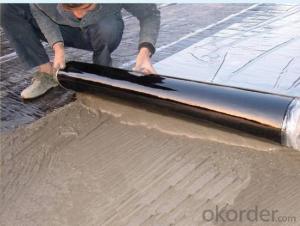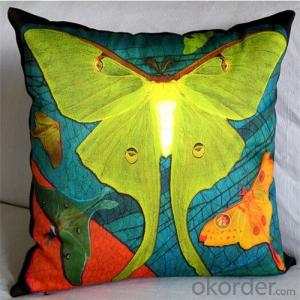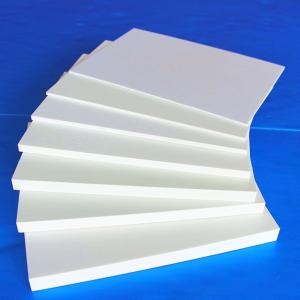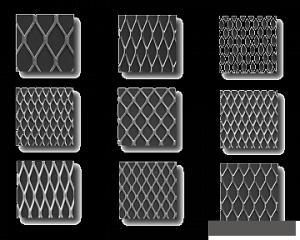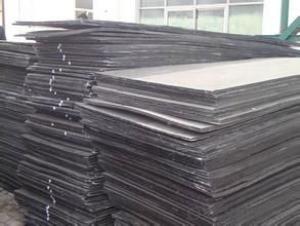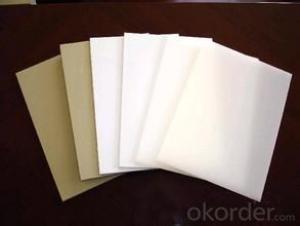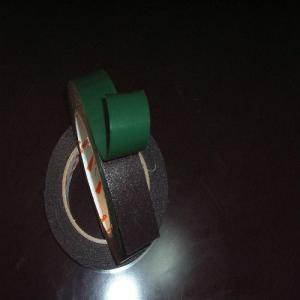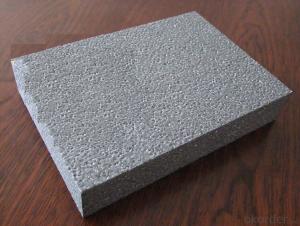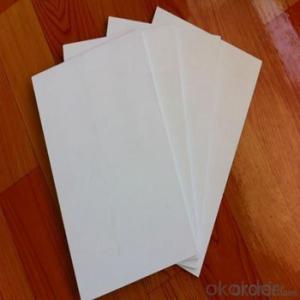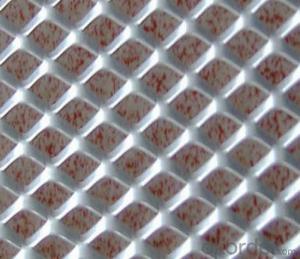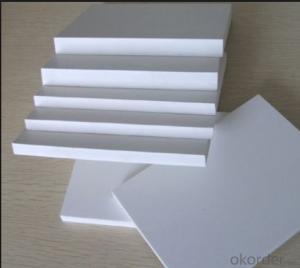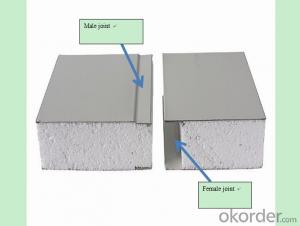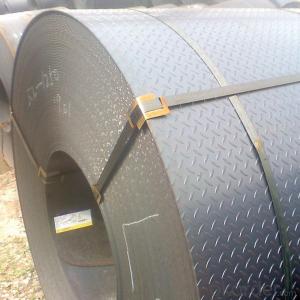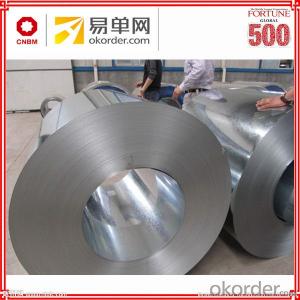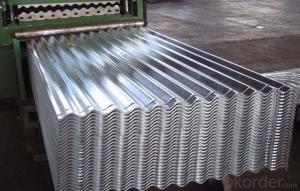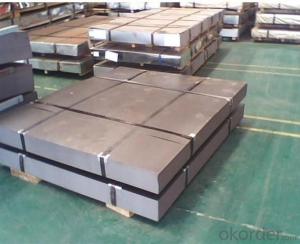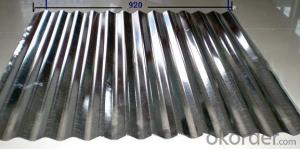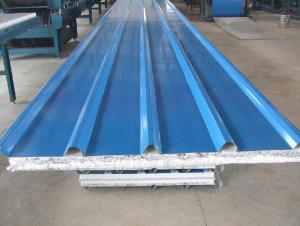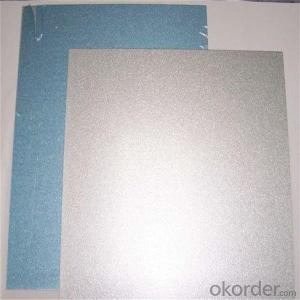Expanded Polystyrene Eps Foam
Expanded Polystyrene Eps Foam Related Searches
Sandwich Panel System Sandwich Panel Accessories Sandwich Panel Thailand Sandwich Panel Kuwait Extruded Polystyrene Foam Board Polystyrene Roof Panels Extruded Polystyrene Foam Eps Foam Blocks Eps Foam Blanks Foam PolystyreneHot Searches
Cheap High Tea Sets For Sale Portable Led Signs For Sale Stone Hot Water Bottles For Sale Large Led Screens For Sale H4 Led Headlight Bulbs For Sale Air Pump For Aquarium Price Inverter Size For Solar System Solar Thermal Collectors For Sale Used Finger Joint Machine For Sale Used Foam Board Insulation For Sale Aluminum Dock Plate For Sale Aluminum Plate For Sale Near Me Solar Chips For Sale Solar Controllers For Sale Pipe Staging For Sale Aluminum Stock For Sale Near Me 6 3 Electrical Wire For Sale Aluminum Towers For Sale 6 3 Wire For Sale Bbq Machine For SaleExpanded Polystyrene Eps Foam Supplier & Manufacturer from China
Okorder.com is a professional Expanded Polystyrene Eps Foam supplier & manufacturer, offers integrated one-stop services including real-time quoting and online cargo tracking. We are funded by CNBM Group, a Fortune 500 enterprise and the largest Expanded Polystyrene Eps Foam firm in China.Hot Products
FAQ
- To ensure the safety and prevent damage of steel sheets during transportation by sea, various measures are taken. One commonly used method involves applying a protective coating to the sheets. This coating acts as a barrier against moisture and saltwater, which are the main culprits behind corrosion during sea transportation. The coating can be a temporary solution, such as a layer of oil or wax, or a more permanent option, such as a layer of paint or zinc. Moreover, steel sheets are often bundled or placed in shipping containers for added protection. These bundles are secured with straps or wires to prevent movement and potential damage in rough sea conditions. The shipping containers themselves are designed to withstand the challenges of sea transportation and shield the steel sheets from exposure to the elements. Additionally, the sheets may be wrapped in plastic or other waterproof materials to provide an extra layer of defense against moisture. This helps prevent direct contact with seawater or rain, thus reducing the risk of corrosion. During the loading and unloading processes, proper handling techniques are employed to minimize the risk of damage. Cranes or forklifts are carefully used to lift and move the steel sheets, ensuring that they are not dropped or subjected to excessive force that could cause dents or bends. Overall, a combination of protective coatings, secure packaging, and proper handling techniques is utilized to safeguard steel sheets during sea transportation. This reduces the likelihood of damage and ensures that they reach their destination in optimal condition.
- Steel sheets are capable of being used in corrosive environments, such as saltwater. However, their suitability for such conditions depends on the type of steel and the level of corrosion resistance it provides. Stainless steel, for instance, possesses a high resistance to corrosion and is commonly utilized in marine and saltwater settings. This type of steel contains chromium, which creates a protective layer on its surface, shielding it from reacting with the saltwater. Other varieties of steel, like carbon steel, may also be employed in saltwater environments, but they necessitate additional protective coatings or treatments to prevent corrosion. Ensuring the durability of steel sheets in corrosive environments like saltwater requires regular maintenance and proper care.
- Yes, steel sheets can be used for modular furniture. Steel is a strong and durable material that can be easily shaped and manipulated, making it suitable for creating various modular furniture pieces such as shelves, tables, or cabinets. Additionally, steel sheets offer a sleek and modern aesthetic, making them a popular choice for contemporary furniture designs.
- The difference between color steel and stainless steel
- The difference is that an ordinary steel plate is painted with antirust paint and one is made of stainless steelThe same is true of steel, steel and steelIt's essentially different
- Steel sheets are widely used in construction for applications like roofing, flooring, wall cladding, and structural components due to their durability, strength, and versatility. They provide a reliable and long-lasting solution for various construction needs, ensuring stability, fire resistance, and protection against harsh weather conditions. Additionally, steel sheets can be easily customized, allowing for flexibility in design and construction processes.
- A smooth steel sheet is characterized by its flat surface devoid of any visible patterns or perforations. It finds its typical usage in situations where a sleek aesthetic is desired, such as architectural or decorative purposes. Countertops, backsplashes, and wall coverings often make use of smooth steel sheets. On the contrary, an expanded metal steel sheet is fashioned by cutting and stretching a solid steel sheet, resulting in a pattern of interconnected diamond-shaped openings. This process not only enhances the sheet's structural integrity but also allows for increased airflow, visibility, and drainage. Industrial and construction applications, including walkways, grating, fencing, and machine guards, commonly employ expanded metal steel sheets. The primary dissimilarity between smooth and expanded metal steel sheets lies in their appearance, functionality, and intended applications. Smooth steel sheets offer a polished and pristine appearance, while expanded metal steel sheets provide strength, ventilation, and versatility. Ultimately, the choice between the two hinges on the specific requirements of the project at hand.


